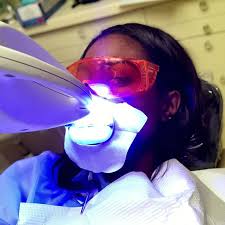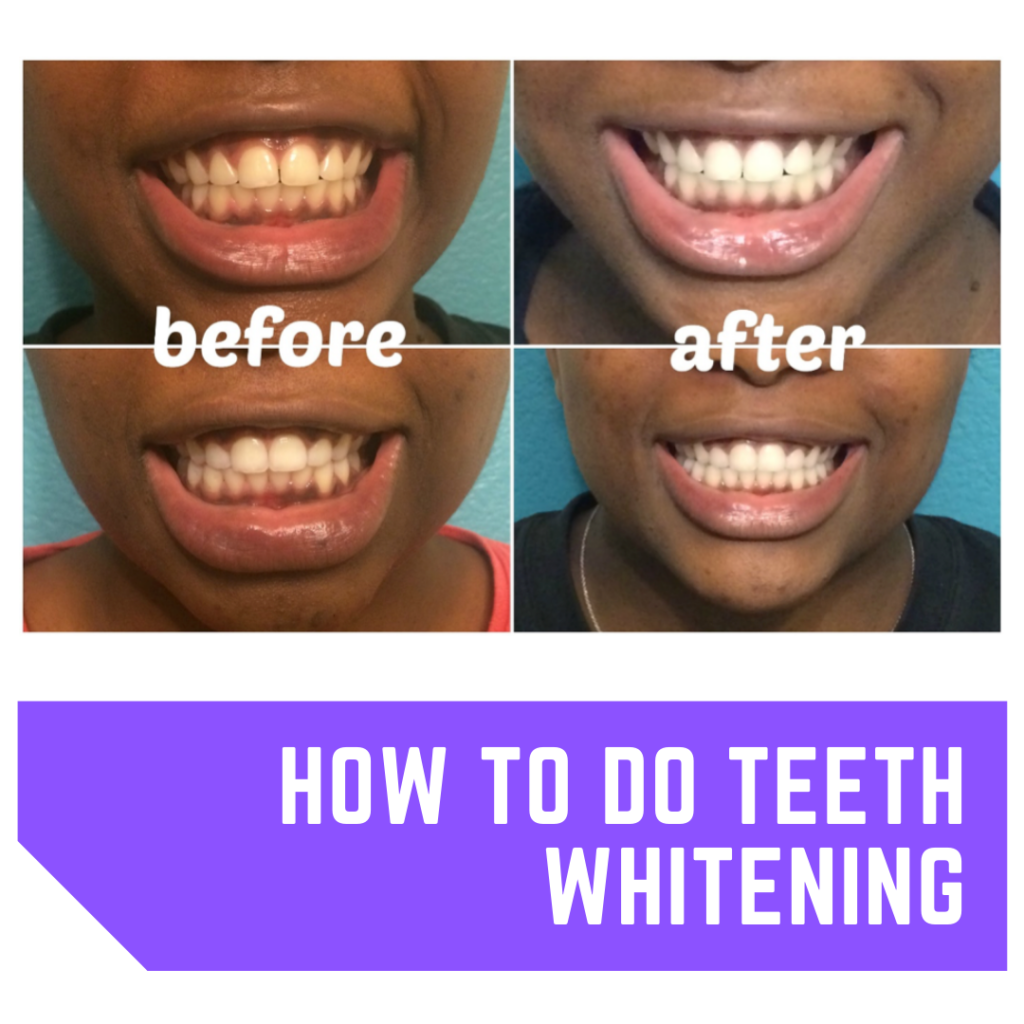Types of Teeth Whitening Explained
The purpose of teeth whitening is to lighten the color of your teeth so that they are brighter and more attractive to the eyes. Different types of tooth whitening techniques and products remove stains and discolorations from the enamel.
Teeth can become stained or discolored for various reasons. There are two main types of tooth stains:
a. Extrinsic Stains: These are surface stains that occur on the outer layer of the tooth enamel. They are usually caused by consuming certain foods and beverages (like coffee, tea, and red wine) or using tobacco products. Extrinsic stains can often be removed with teeth whitening procedures.
b. Intrinsic Stains: These stains occur within the tooth structure itself and are typically caused by factors like genetics, aging, trauma, certain medications (such as tetracycline antibiotics), or excessive fluoride exposure during tooth development. Intrinsic stains may require alternative dental treatments beyond traditional teeth whitening.

The following is how teeth whitening works:
There are different types of tooth whitening which include
a. Masking: Masking, also known as dental bonding or composite resin bonding, involves the application of tooth-colored resin material to the tooth surface to enhance its appearance. It is a less invasive and more affordable alternative to veneers, suitable for addressing minor cosmetic issues such as discoloration, small chips, gaps, or irregular shapes.
b. Veneers: Dental veneers are thin, custom-made shells usually made of porcelain or composite resin. They are designed to cover the front surface of your teeth to enhance their appearance. Veneers can address not only tooth discoloration but also other cosmetic issues like chipped, misaligned, or unevenly shaped teeth.
c. Bleaching also referred to as in-Office Teeth Whitening: This is performed by a dental professional at their clinic. It involves applying a high-concentration bleaching gel to the teeth and activating it with a special light or laser. In-office whitening typically provides faster and more dramatic results.
d. Take-Home Whitening Kits: These kits are prescribed by a dentist and can be used at home. They include a lower-concentration bleaching gel and custom-made trays that fit over your teeth. You wear the trays for a specified period (usually a few hours each day or overnight) for a week or two until you achieve the desired results.
Teeth Whitening Side Effects
* Potential Side Effects: Teeth whitening is generally safe under professional supervision or following product instructions. Some individuals may experience temporary side effects such as tooth sensitivity, gum irritation, or mild tissue discomfort. These effects typically subside once the treatment is completed.
*Maintenance: The longevity of teeth whitening results varies depending on individual habits and factors like diet, oral hygiene, and lifestyle choices. To maintain the whitening effects, it’s important to practice good oral hygiene, limit consumption of staining substances, and consider touch-up treatments as recommended by your dentist.
Conclusion
Summing up, not everyone is an ideal candidate for teeth whitening, especially those with extensive tooth decay, gum disease, or intrinsic stains. Consulting with a dental professional can help determine the most suitable whitening option for your situation.
Please book a consultation with us to know which whitening treatment works best for your teeth, or call us at 0748877562 for any dental inquiries.


2 Comments
Kaushik Panchal
I’m amazed by the depth of knowledge you’ve shared in this article. It’s truly enlightening. To delve deeper, click here.
Ruby Smiles Dental
Thank you for taking your time to read.